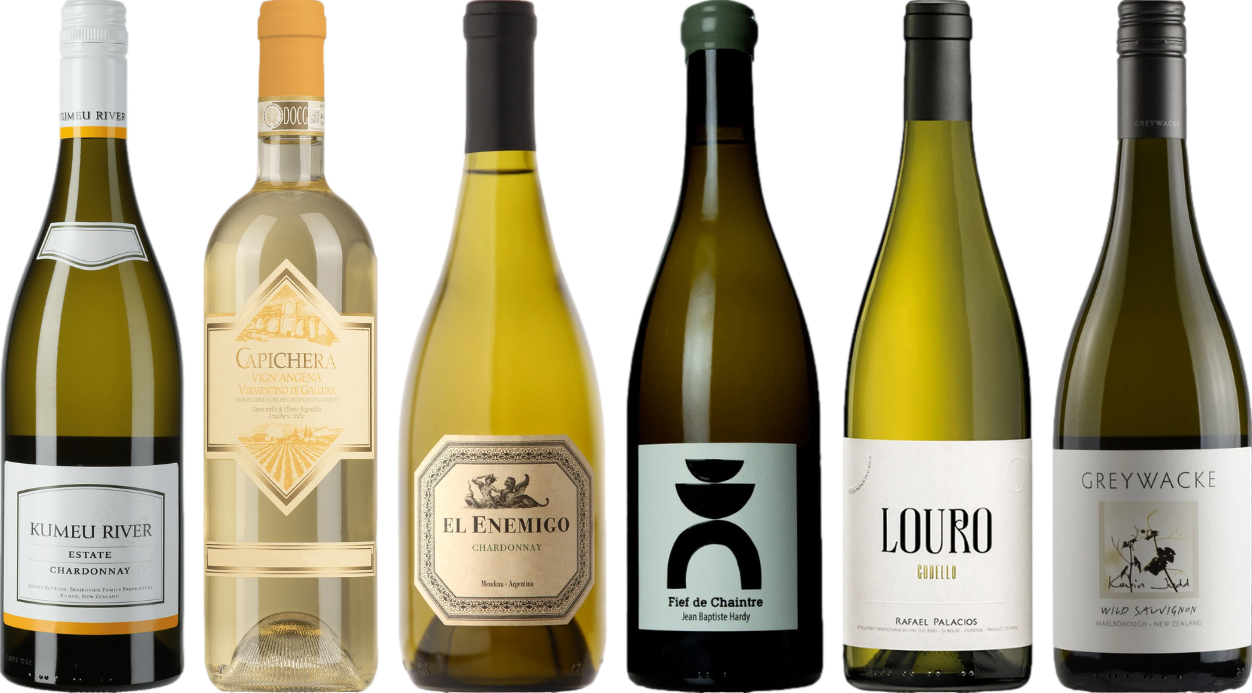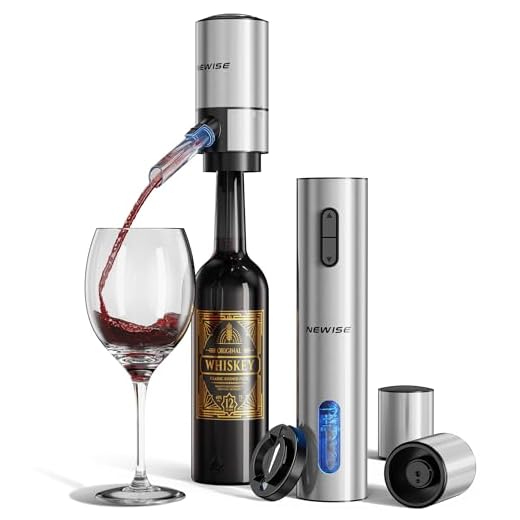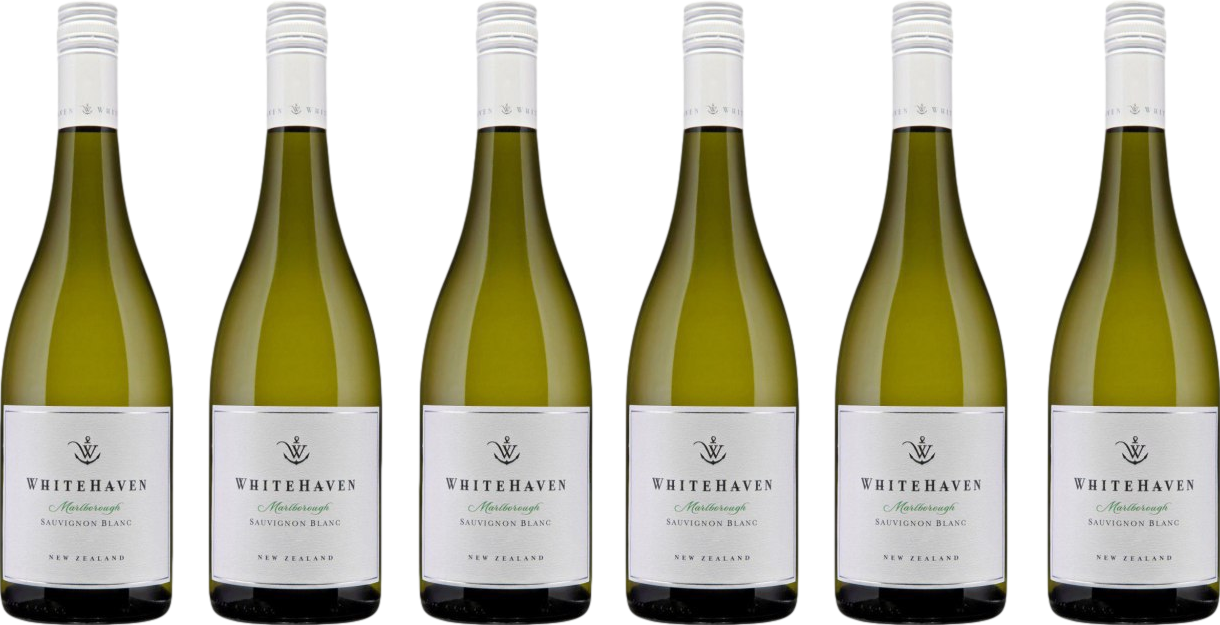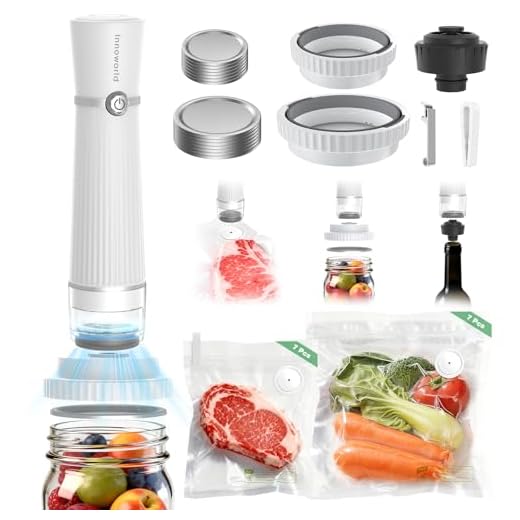



Chilled white varieties remain fresh for approximately three to five days after opening, provided they are properly sealed and stored in a cool environment. Using a vacuum pump to remove air can extend this period slightly, enhancing preservation of flavor and aroma.
When uncorked, exposure to oxygen accelerates oxidation, leading to diminished quality. Therefore, ensuring your bottle is tightly re-corked or sealed with a specialized closure is essential. Placing the bottle upright minimizes contact with air, further contributing to longevity.
Temperature plays a crucial role; maintaining a consistent cool temperature, ideally between 45°F and 50°F (7°C to 10°C), is vital for preserving the delicate characteristics of these beverages. Avoid fluctuations caused by frequent opening and closing of the refrigerator door.
For unopened bottles, storage can extend for several years, depending on the specific varietal and producer. Familiarizing yourself with the aging potential of the particular type in your collection will help in making informed choices about when to enjoy them.
Storage Duration for Chilled Vinification
A bottle of chilled vinification typically lasts about 3 to 5 days after opening. This timeframe is influenced by the wine’s style and the storage conditions. For instance, crisp varieties like Sauvignon Blanc or Pinot Grigio maintain their freshness on the shorter end of this spectrum, while richer options such as Chardonnay may stay palatable for a bit longer.
To ensure optimal preservation, reseal the bottle with its original cork or a wine stopper. This minimizes oxidation, which can spoil the nuanced flavors. Additionally, maintaining a consistent temperature is crucial; avoid fluctuating conditions that could compromise the quality.
If you detect off aromas or flavors, it’s wise to discard the contents. Trust your senses; they can guide you in determining the wine’s viability. Overall, understanding these factors can enhance your enjoyment of the remaining contents.
Understanding the Shelf Life of Opened White Wine
Once a bottle has been uncorked, it typically remains fresh for up to five days if stored correctly. The key is minimizing exposure to air, which accelerates oxidation and alters flavor profiles.
Storage Conditions
Maintain a stable temperature between 45°F and 50°F. A refrigerator is ideal. Ensure the bottle is upright to limit contact between the liquid and the cork, reducing the chances of spoilage.
Signs of Spoilage
Be on the lookout for changes in aroma and taste. If the scent becomes vinegary or the flavor is overly sour, it’s a clear indication that the beverage has gone bad. Cloudiness or sediment may also signal that it’s time to discard.
| Indicator | What It Means |
|---|---|
| Vinegar smell | Oxidation has occurred |
| Overly sour taste | Possible spoilage |
| Cloudiness | Potential spoilage |
| Visible sediment | May indicate aging or spoilage |
To enhance longevity, consider using a vacuum pump to remove excess air from the bottle. This simple tool can extend the freshness for a couple more days.
Factors Affecting the Longevity of Opened White Wine
A few key elements influence how long an opened bottle of white swill remains enjoyable. Understanding these can enhance your experience and minimize waste.
Storage Conditions
- Temperature: Ideally, a temperature range between 45°F and 50°F is best for most white varieties. Higher temperatures can accelerate oxidation, compromising flavor.
- Light Exposure: Ultraviolet rays can degrade wine quality. Store bottles in a dark place or use a wine fridge with UV-protective glass.
- Humidity: A humidity level of around 70% helps keep corks moist and prevents them from drying out, which can lead to oxidation.
Type of Closure
- Cork: Natural corks allow for some oxygen exchange. If the cork is compromised, the wine may spoil faster.
- Screw Cap: Often provides a better seal, reducing oxidation risk. Wines under screw caps can maintain freshness longer.
Remember that the variety itself also plays a role; some whites are crafted for immediate enjoyment, while others can develop complexity over time. For more insights on the world of photography, check out the best aps c mirrorless camera dynamic range.
Best Practices for Storing White Wine in the Fridge
To maintain optimal freshness, always store opened bottles upright. This minimizes oxidation, preserving the delicate flavors and aromas.
Utilize a vacuum pump to extract air from the bottle before sealing it with a cork or a stopper. This slows down the degradation process significantly.
Maintain a consistent temperature, ideally between 45°F and 50°F (7°C to 10°C). Fluctuations can adversely affect the taste and quality.
Avoid placing bottles in the door compartment, as the temperature is less stable there. Instead, choose a dedicated shelf in the main compartment for better preservation.
Utilize a wine preservation spray that creates an inert gas barrier above the liquid. This helps in minimizing contact with oxygen and extends the life of your opened bottle.
Limit exposure to light. If your fridge has a glass door, consider wrapping the bottle in a cloth to shield it from light, which can alter the wine’s characteristics.
Lastly, consume your opened bottle within 3 to 5 days for the best tasting experience, even with these precautions in place.
Signs That White Wine Has Gone Bad
Look for an off-putting, sour aroma. If the scent is reminiscent of vinegar or nail polish remover, it’s a clear indication of spoilage. Freshness is key; a wine that smells stale or oxidized should be discarded.
Check the color. A shift from its original hue, particularly a browning tint, often signifies that the bottle has deteriorated. A vibrant, clear appearance is ideal; any cloudiness or sediment can point to spoilage.
Taste is paramount. If you detect an unpleasant or overly acidic flavor, it’s likely past its prime. Enjoyment should be the goal; if it doesn’t taste good, trust your palate and dispose of it.
Observe the cork. If it’s pushed out or leaking, oxygen has compromised the seal, potentially spoiling the contents. A dry or crumbling cork can also indicate that the bottle has been improperly stored.
Finally, consider the time since opening. If it’s been more than a few days without proper sealing, chances are the liquid has lost its character and should be discarded. Always prioritize quality and enjoyment in your tasting experiences.
Properly Resealing Opened Bottles of White Wine
To maintain the integrity of a previously opened bottle, use a cork or a specialized wine stopper. If the original cork is damaged or has been compromised, consider using an alternative stopper designed for preserving beverages. These stoppers create a tighter seal and can help reduce oxidation.
Refrigeration is key after sealing. Store the bottle upright to minimize the surface area exposed to oxygen. This practice can help extend the drink’s freshness for a few extra days.
Consider using a vacuum pump to remove air from the bottle before sealing. This method significantly slows down the oxidation process, thereby enhancing the longevity of the beverage.
Keep an eye on the temperature; maintaining a consistent coolness is essential. Ensure the bottle is placed in the coldest part of the refrigerator, away from the door to avoid temperature fluctuations.
If the bottle has been open for several days, perform a quick sensory check before consuming. Pay attention to any off odors or changes in taste, indicating that it may no longer be enjoyable.
By following these techniques, you can savor your favorite chilled beverage for a longer time after opening, ensuring that each glass remains as delightful as the first.
Comparing Storage Times for Different Types of White Wine
Chardonnay typically remains fresh for about 3 to 5 days after opening, thanks to its robust structure. In contrast, lighter varietals like Pinot Grigio and Sauvignon Blanc last around 2 to 3 days. Sparkling whites, such as Prosecco, can hold their effervescence for approximately 1 to 3 days when resealed properly, while dessert wines like Sauternes can stay enjoyable for up to a week.
Here’s a breakdown of various types:
- Chardonnay: 3 to 5 days
- Pinot Grigio: 2 to 3 days
- Sauvignon Blanc: 2 to 3 days
- Prosecco: 1 to 3 days
- Sauternes: up to 1 week
Factors such as acidity, sweetness, and tannin levels significantly impact how long these drinks maintain their quality. Higher acidity and sugar content often contribute to better longevity, while lower acidity wines tend to deteriorate more quickly.
For optimal preservation, consider using a vacuum seal or an inert gas preservation system, which can extend the lifespan of your open bottles. Understanding these nuances will enhance your enjoyment and ensure that each sip remains delightful.
FAQ:
How long can I keep an opened bottle of white wine in the fridge?
An opened bottle of white wine can typically be stored in the fridge for about 3 to 5 days. After this period, the wine may start to lose its flavor and aroma due to oxidation. To extend its life, make sure to reseal the bottle tightly with a cork or a wine stopper. Keeping the wine upright can also help minimize oxidation.
Does the type of white wine affect how long it lasts in the fridge?
Yes, the type of white wine can influence its shelf life once opened. Lighter wines, such as Sauvignon Blanc or Pinot Grigio, generally last around 3 to 5 days, while fuller-bodied wines like Chardonnay may last a bit longer, sometimes up to a week. Sweet white wines, like Riesling, can also remain good for about a week due to their higher sugar content, which can help preserve them longer.
Can I freeze white wine to make it last longer?
Freezing white wine is not recommended if you want to preserve its quality. When wine freezes, the water content expands, potentially altering the flavor and texture once thawed. However, if you are using the wine for cooking, you can freeze it in ice cube trays. Just be aware that the taste may not be as refined as when it was fresh.
What are the signs that white wine has gone bad?
There are several signs that white wine may have spoiled. First, check for an off smell, which can be reminiscent of vinegar or a rotten egg. Next, taste a small amount; if it tastes flat, sour, or has a sharp acidity, it may be past its prime. Additionally, if the wine has changed color, becoming darker or more brownish, this can also indicate spoilage. Always trust your senses when assessing the quality of the wine.








